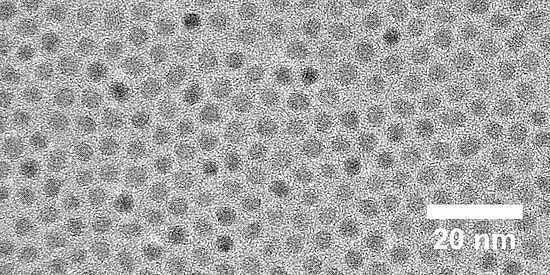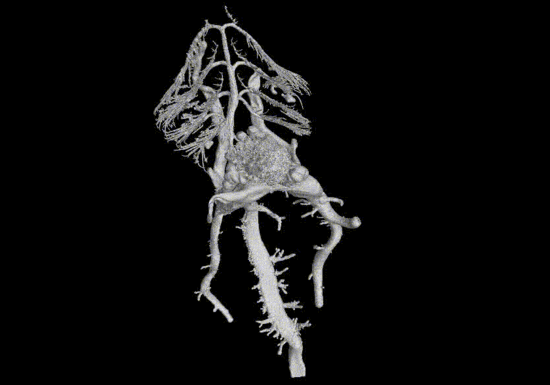Group 4 Nanomaterials for Society
Advanced Nanocrystal Synthesis

We focus on the precise chemical synthesis of colloidal nanocrystals and their advanced structural characterization using X-ray scattering methods. To gain control over the size and shape of nanomaterials, we combine principles from organic chemistry, coordination chemistry, and crystallography. We stand for a rational approach with which we aim to fully understand the mechanism behind nanocrystal formation, in order to steer the outcome of the reaction. Our research is centered around the group 4 elements: titanium, zirconium and hafnium oxide, since their nanocrystals are relevant for medicine and technology but challenging to synthesize.
From Surface Chemistry to CT Contrast Agents

Most colloidal nanocrystals are organic-inorganic hybrid objects, with organic surfactants adsorbed to the surface of the inorganic core. We are specialized in studying this peculiar interface, and routinely manipulate the surface to ensure solubility in aqueous media, polymers, etc. We use advanced NMR (nuclear magnetic resonance) techniques to identify the surface-adsorbed species and to assess the thermodynamics of binding. Having this control, allows us to use hafnia nanocrystals as contrast agents in computed tomography (CT) imaging.
Oxo Clusters as Atomically Defined Building Blocks

Metal oxo clusters are atomically defined structures, in between metal complexes and nanocrystals. They are used as the inorganic nodes in metal organic frameworks (MOFs) or as building blocks in 3D printing. We are developing purification and characterization procedures for highly soluble clusters and we are applying classical physical chemistry approaches to elucidating the mechanism of cluster formation. Finally, we are exploring their use as catalyst and as building blocks for advanced materials.
